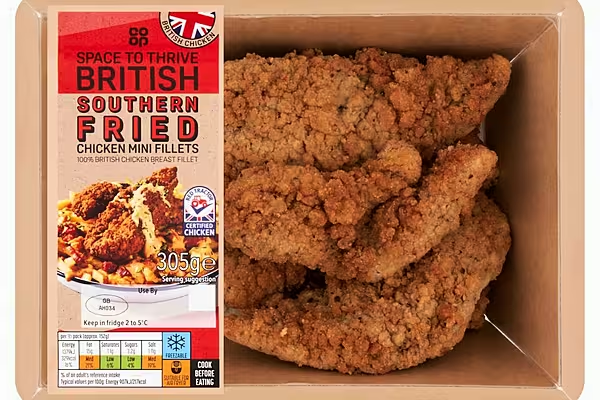Marks & Spencer has reported a rise in quarterly underlying sales for its overall UK business for the first time since 2017, indicating its latest attempt at a turnaround is showing some tentative progress.
M&S, one of the best known names in British retail, said its overall like-for-like sales rose 0.2% in the 13 weeks to December 28, its fiscal third quarter and the key Christmas trading period.
Food Sales Increase
Like-for-like food sales rose 1.4%, ahead of analysts' average forecast of a 1.1% increase. Clothing and home sales on the same basis fell 1.7%, below consensus expectations of a 0.8% decline but much better than the previous quarter's 5.7% fall.
M&S said its full year guidance was unchanged, although gross margins were expected to be around the lower end of guidance, largely offset by cost reductions.
"We delivered an improved performance in Q3 across both main businesses," said Chief Executive Steve Rowe.
"The food business continued to outperform the market and clothing and home had a strong start to the quarter, albeit this was followed by a challenging trading environment in the lead up to Christmas," he said.
One-Off Issues
Rowe also highlighted "disappointing one-off issues", notably waste and supply chain in the food business, buying in menswear and the performance in gifting categories, which held M&S back from delivering a stronger result.
Prior to the update analysts were on average forecasting a full year 2019-20 pretax profit of £464 million – that would be a fourth straight year of decline. A decade ago, M&S made a profit of £1 billion.
Shares in the 136-year-old M&S have fallen 17% over the last year and in September the stock lost its place in the prestigious FTSE 100 index symbolising its decline.
News by Reuters. Click subscribe to sign up to ESM: European Supermarket Magazine.











